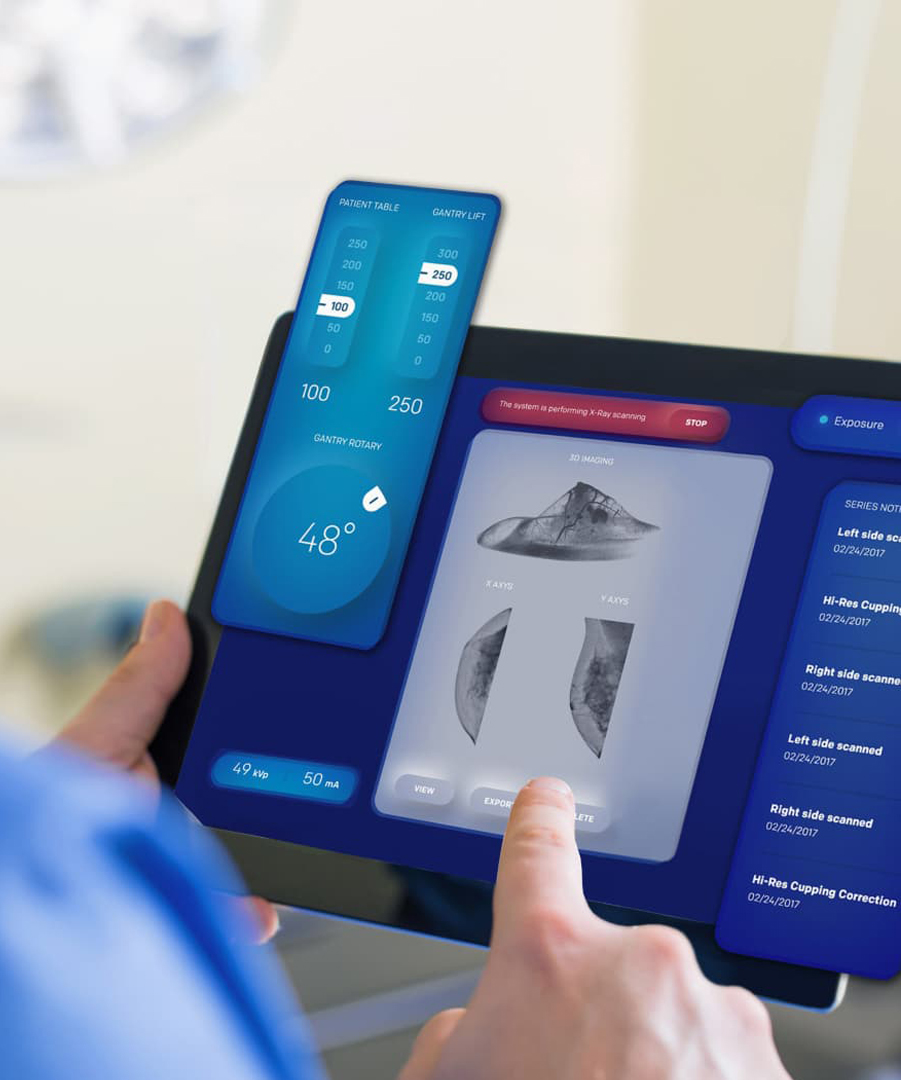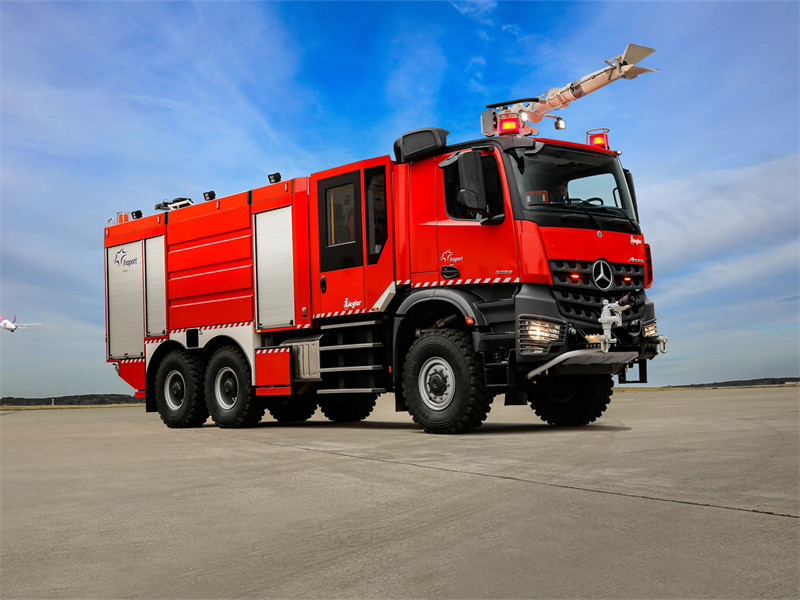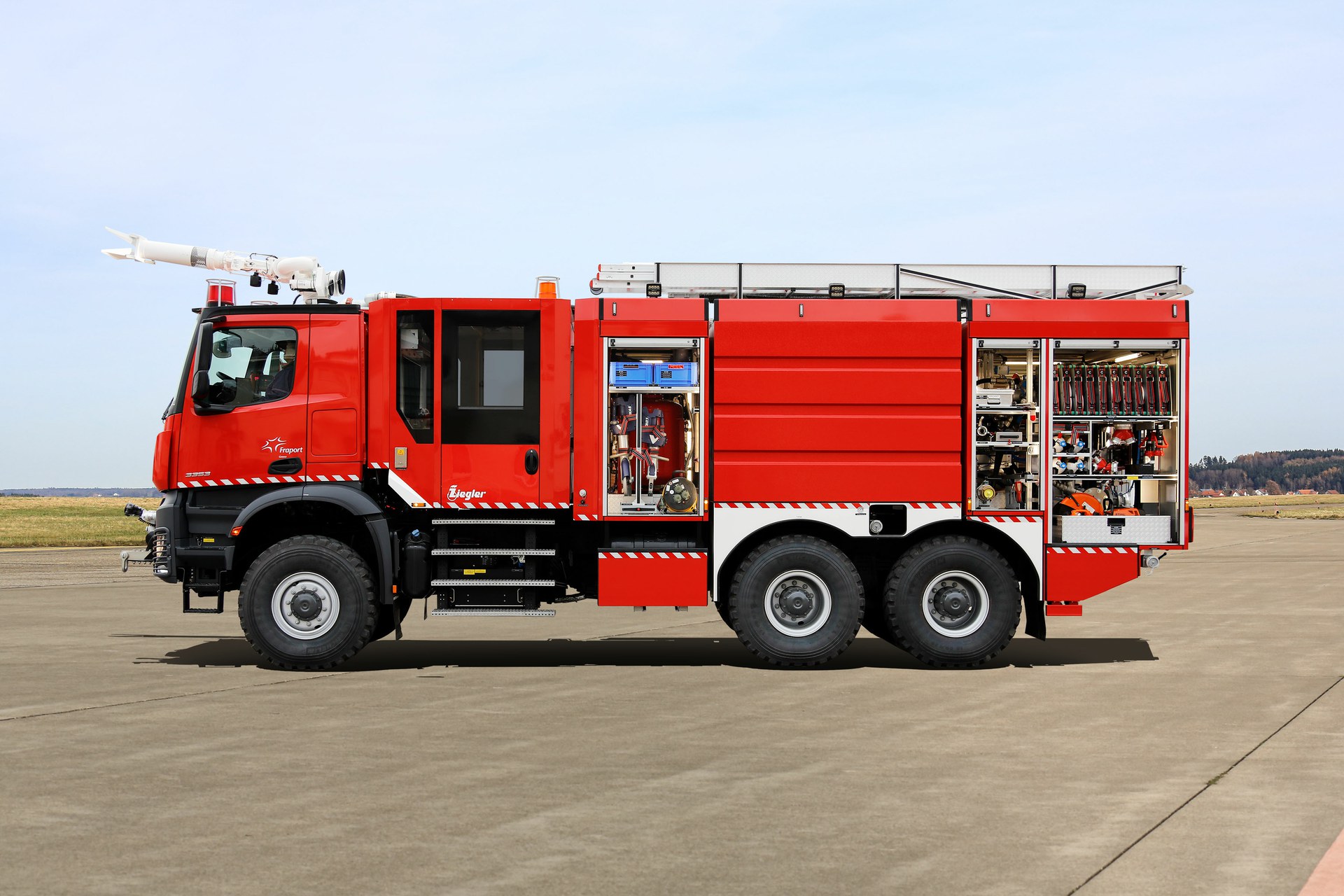


消防设备设计的新趋势:影响2025年及以后的优先事项
现代消防车工程的核心目标是:提高安全标准,增强消防员的能力,使其能够有效地保护生命、财产和社区安全。作为
消防器材
创新,
Powerstar卡车
制造业与急救人员合作,满足一线运营需求,同时加强社区联系。以下是变革消防运营的关键趋势:

1.统一车队规范:优化效率和可靠性
随着紧急呼叫频率的不断上升以及车辆使用时间的延长,人们对车队标准化的需求日益增长——即在所有设备中采用一致的设计规格、布局和配置。其优势包括:
尽管这种趋势趋向于统一化,但战略定制化仍需持续推进,以最大程度地提升特定任务的性能。应急响应车辆行业持续完善这种平衡,确保设备设计在标准化与关键任务适应性之间取得平衡,从而提升消防效能。
2. 以健康为中心的设计进步
设备安全和减少污染物现在成为设计重点,反映了消防员对健康的关注。
安全增强功能:
清洁驾驶室计划:
为了最大限度地减少接触致癌物,各部门正在采用耐毒素的内饰:抗菌座椅(乙烯基/皮革)、密封地板替代品,以及受污染装备的隔离存放。虽然具体实施情况各不相同,但这些升级措施旨在优先保障消防员的长期健康。
3. 电气化:平衡可持续性和性能
环境法规和运营安全目标正在加速零排放技术的采用。尽管
电动消防车
尽管市场仍处于小众阶段,但像皮尔斯的Volterra™电池系统这样的先进技术证明了其可行性。例如,波特兰消防救援队的Volterra泵车在多重警报火灾中,在电动和内燃模式之间切换时,保持了不间断的供水。事故发生后,该车辆仅靠电力返回消防站。
电气化战略强调逐步整合,尊重各部门的准备情况和基础设施限制。制造商专注于与现有工作流程相符的混合解决方案,确保环境目标与应急响应的可靠性相辅相成,而非相互妥协。
4. 以社区为中心的美学:可见性和身份
消防车日益成为公民自豪感的象征。如今,消防部门利用色彩搭配和图形设计来加强社区联系。例如,哈蒂斯堡消防局的紫色高空作业车(致敬当地传统)以及带有学生设计艺术作品的消防车。这些视觉选择将功能性车辆转化为可识别的服务象征,从而促进了公众的参与和信任。
5.制造敏捷性:简化生产
供应链中断和需求上升促使 Powerstar 重新设计生产流程:

这些创新解决了整个行业的采购延迟问题,同时保持了质量,巩固了皮尔斯作为消防服务现代化响应合作伙伴的地位。
结论
从减排到社区驱动的品牌建设,消防设备的演变体现了对技术进步和以人为本价值观的双重承诺。随着各部门应对这些趋势,
水车消防车制造商
必须在创新与实际适应性之间取得平衡——确保消防员拥有有效、安全地保护社区的工具。


您可能对以下信息感兴趣